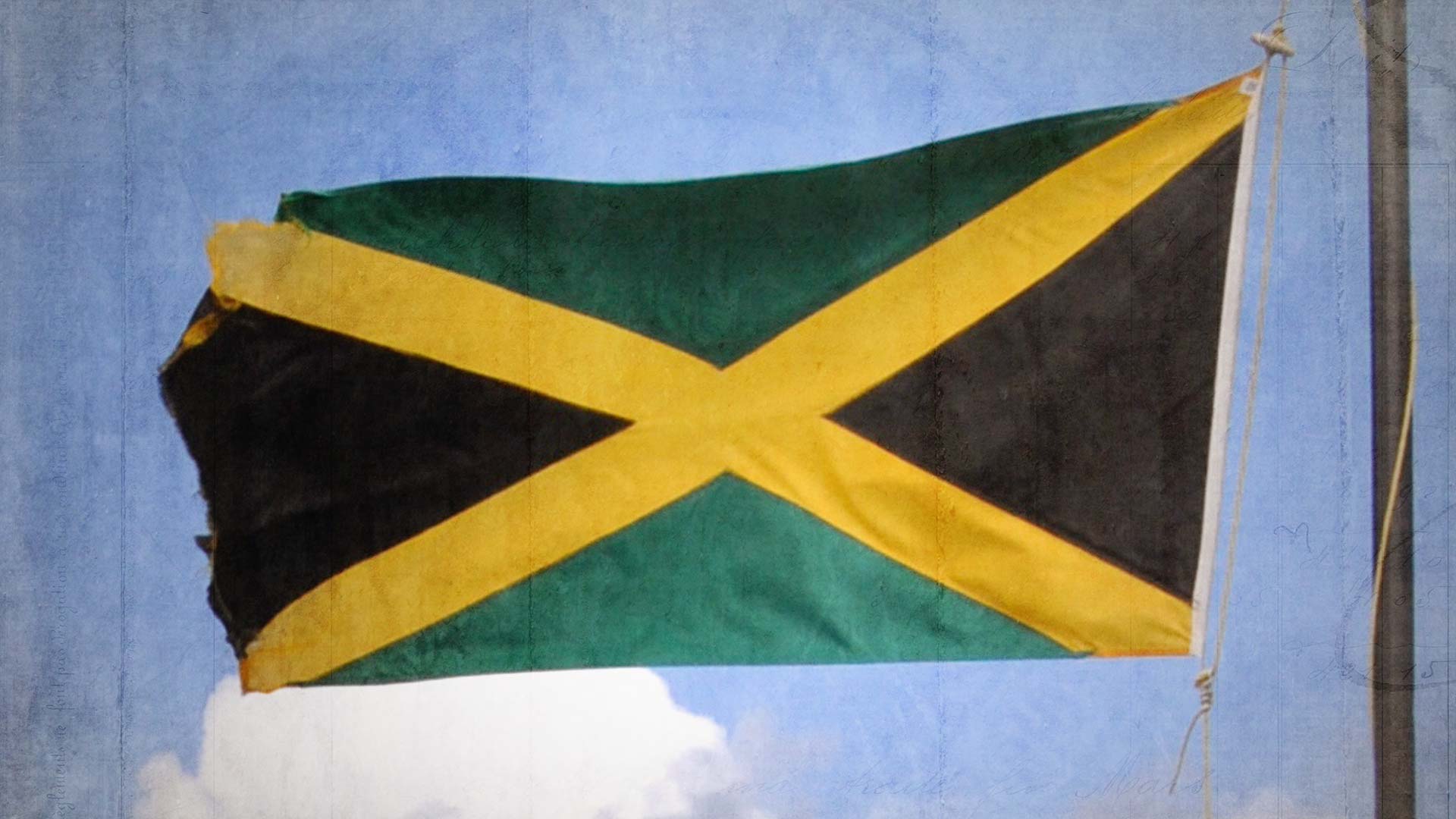In this episode, we’ll learn about historical events that happened this week in history as they were depicted in the movie Troy and two events from the TV series Chernobyl.
Events from This Week in History
Birthdays from This Week in History
- Vladimir Lenin in The King’s Man
- Marcus Aurelius in Gladiator
- Ulysses S. Grant in Lincoln
Movies Released This Week in History
Did you enjoy this episode? Help support the next one!
Disclaimer: Dan LeFebvre and/or Based on a True Story may earn commissions from qualifying purchases through our links on this page.
Transcript
Note: This transcript is automatically generated. There will be mistakes, so please don’t use them for quotes. It is provided for reference use to find things better in the audio.
April 24th, 1184 BCE. Troy.
It’s a beautiful day outside as we can see a handful of men are standing on the beach, surveying the dead bodies strewn on the sand. When they look closely at one of the bodies, they can see black spots on the skin. A plague? A curse.
They conclude that must be why the soldiers left the beaches.
This is the will of the gods. They desecrated the temple of Apollo, so Apollo has desecrated their flesh.
Then, looking up, the men see a massive, wooden horse.
“What is this?” Peter O’Toole’s version of the king, Priam, asks.
One of the men with him says it must be an offering to Poseidon. The Greeks are praying for a safe return home. He suggests they take the gift to the temple of Poseidon. Another man nearby doesn’t agree with this, though, and suggests they burn the wooden horse.
Wait, no, they can’t burn it. It’s a gift to the gods! If we burn it, that’d only incur the gods’ wrath even more than we already have.
Thoughtfully, Priam considers both sides of the advice he’s being given.
In the next shot we can tell what decision he made as the city rejoices as throngs of people cheer and watch men pulling the massive wooden horse into the city with ropes. There are songs, dancing, and all sorts of merrymaking.
Later that night, it’s quiet as most of the partiers have apparently drunken themselves to sleep. Slowly and silently, movement from inside the horse is visible as a group of men use ropes of their own to climb from inside the horse. They quietly make their way to the city’s gates. The guards are all passed out, making it easy for the men from inside the horse to kill them as they sleep. One by one, they’re killed before anyone even notices.
The assassins reach for the giant bar keeping the gates locked. They lift it. Then, using a torch to signal the soldiers on the other side of the city walls, we can see them silently advancing. The massive gates open, allowing the soldiers to flood into the city. Once inside, the soldiers start killing anyone and everyone they come across.
No longer trying to maintain the element of surprise, a full-on attack alerts everyone in the city. At that point, though, it’s too late. With the enemy inside the city walls and a majority of the defenders already killed, it’s only a matter of time before the entire city falls.
The true story behind this week’s event depicted in the movie Troy
That’s a depiction from the 2004 movie called Troy and the event it’s showing happened this week in history: When the Greeks used the Trojan Horse to defeat the city of Troy.
At least, April 24th is the generally accepted day that it probably happened. We’re also talking about the year 1184 BCE, so as with many things in ancient history, sometimes it’s difficult to nail down specifics. For example, some of the characters aren’t even mentioned while others are in different historical sources.
With that said, though, as much as we know of the real story still tells a slightly different one than we see in the movie.
The Greeks lay siege to the city of Troy for ten years. It was a stalemate, so the Greeks decided to try something different. One of the Greeks by the name of Odysseus—he’s played by Sean Bean in the movie—had the idea for the horse.
So, the Greeks built the horse and then deserted the beaches by sailing to a nearby island. Unlike what we see in the movie, there was one Greek left behind, a man named Sinon. It was he who was brought to King Priam. His story claimed he was “left behind” and that the horse was an offering to Athena, the goddess of war. It was supposed to make up for the fact that the Greeks destroyed the temple to Athena at Troy, and offer the Greeks a safe journey home.
He also told the Trojans the Greeks built the horse so large so that it couldn’t fit into their city because it’d make their city impregnable. Obviously, the Greeks didn’t want that, so that’s why it was built so large.
Despite some Trojans warning Priam, he decided to bring the horse into the city.
Just like we see in the movie, Odysseus was one of the soldiers inside. And just like we see in the movie, under the cover of night, the Greeks inside the horse snuck out and opened the city gates for the Greek army that had returned.
That’s the general gist of the story with the aforementioned caveat that different sources change some of the details. For example, according to Quintus there were 30 men inside the horse while Hyginus says there were only nine. Others suggest perhaps there was no horse at all, but the tale is one of a different kind of siege engine used during the war.
If you want to watch the event that happened this week in history, it starts at about two hours and 41 minutes into the 2004 movie Troy.
And we took a deeper dive into the true story back on episode #133 of Based on a True Story.
April 26th, 1986. Pripyat, Ukranian SSR.
It’s dark. We’re in an apartment. We can hear a woman coughing behind the door. A toilet flushes and she opens the door, spilling light from the room behind her into the dark room ahead. She leaves the door open as she walks across the frame and past an open door of another bedroom. For a moment, she pauses in the door frame as she looks in on a man snoring softly on the bed.
She continues, making her way into the kitchen where she gets a glass. The camera cuts to a shot out the window where we can see dim light in the distance. Then, the light expands, growing larger for a moment before shrinking down again. It looks like an explosion off in the distance.
Oblivious to what’s going on outside, she continues walking—just then, the blast from the explosion hits her building. It shakes. The noise woke up the man, and now he’s wandering sleepily into the room beside her. She doesn’t notice him, though. He walks by her side and now they’re both fixated on the glow in the distance out the window.
The true story behind this week’s event depicted in the TV series Chernobyl
This is just the start of the day’s events from the 2019 Chernobyl miniseries, and it depicts the disaster that happened this week in history: The explosion at the Chernobyl power plant reactor #4.
The two people we see in this scene were real people.
The woman, 23-year-old Lyudmilla Ignatenko, was the wife of a 25-year-old firefighter who worked at Chernobyl named Vasily Ignatenko. By the time of the explosion in April of 1986, they had been married for three years.
Although we don’t see this in the scene I just described, it’s also true that Lyudmilla was pregnant. So, it’s possible she was up in the middle of the night that night like we see in the series.
The location of the Ignatenko’s apartment in Pripyat is about 2 kilometers, or a little over 1.2 miles, away from the Chernobyl power plant. And the explosion we see took place at 1:23 AM. At the time it was the worst nuclear disaster in history, the only other one ranking the maximum of seven on the International Nuclear Event Scale was the 2011 Fukushima nuclear disaster in Japan.
Unfortunately, when it comes to Chernobyl, no one really agrees on the full extent of the damage.
Some say only two people were killed in the explosion. Others say it was more like 30 people who died from initial blast and subsequent radiation. Maybe up to 100 if you include people further in the exclusion zone. But then, because radiation can kill over a longer period of time, others have estimated numbers like 4,000 to 16,000 to 60,000.
So, yeah, anywhere between two and 60,000. It didn’t help that the Soviet Union tried to cover up the blast, so they were downplaying how many people were affected. The only reason they couldn’t was because the radiation started to reach other countries.
As for the cause of the explosion, that, too, is difficult to pin down. Oh, we know the sequence of events that led up to the explosion that night, but there are many who believe the disaster was the inevitable result of years of Soviet bureaucracy and pressure to generate more and more power by cutting corners with cheaper equipment and ignoring safety concerns.
So, it’s not likely we’ll ever know everything without a shadow of a doubt, but if you want to watch the event that happened this week in history that starts a little after six minutes into the first episode of the 2019 HBO miniseries Chernobyl.
And as you have probably guessed, there are a lot more details to the true story. So, if you want to take a deep dive into Chernobyl check out our own miniseries over at chernobylpodcast.com.
April 27th, 1986. Pripyat, Ukranian SSR.
For our next event this week, we’re staying in the Chernobyl miniseries.
A man is fixing his motorcycle on the side of the road while a young lady watches on. She looks up as she hears the sound of approaching vehicles.
One bus passes. Another. Then another. And more. A seemingly unending line of buses pass by, leaving her to wonder what’s happening.
Then the camera cuts to loudspeakers on top of a military vehicle. We’re in town now and it’s a beautiful day. The sky is a bright blue. A couple ladies are walking down the sidewalk as they turn to hear the announcement coming from the loudspeakers.
In the next shot we can see more speakers on a different military vehicle in a different part of town. This is a truck. The same announcement is being made. Men in military uniforms are helping people out of their cars—the cars aren’t even parked anywhere important. One car is simply parked on the side of the street as the man and woman inside are being escorted out by military personnel. They didn’t even take the time to parallel park the car; half of it is hanging out into the street.
Except no other cars are driving. People are getting out of their cars.
The camera cuts to more military personnel, this time they’re banging on the doors of residences.
The announcement continues in the background as now we can see scores of people leaving their homes. Children are leaving school. Even the patients in the hospital are being escorted out and onto the buses that line the city streets.
There is no panic, no disorder. Everyone is just calmly waiting their turn to get on the bus.
The true story behind this week’s event depicted in the TV series Chernobyl
That scene is also from the Chernobyl miniseries and it depicts an event that happened on April 27th, 1986: The evacuation of Pripyat.
After the explosion that happened the day before, it quickly became clear to those in charge of figuring out what happened at the power plant that the nearby town of Pripyat wasn’t safe.
You see, Pripyat was a town built to house the workers of the Chernobyl power plant and their families. There were a little over 49,000 people in Pripyat in 1986, and the average age was only 26 years old.
And just like we see in the series, the evacuation itself went off rather smoothly. They knew of the accident, of course. As we just learned, Pripyat was filled with people who worked at the power plant. But, even though they knew an accident had taken place, they didn’t know the full extent of it.
In the early morning hours of April 27th, the buses began rolling into town. Over a thousand of them. In the early afternoon, the announcement we hear in the series began to let the residents know about the evacuation. It spoke of unfavorable radiation conditions due to an accident at the power plant, so everyone needs to temporarily evacuate.
When was the evacuation starting? 2:00 PM. The announcement began after 1:00 PM. They had less than an hour to pack up things for their immediate needs, turn off electricity, gas, water, close the windows and get on the bus. They were told they’d be gone for three days and the police would be watching their residences so no one could break in.
In truth, they never returned to their homes.
If you want to watch the event that took place this week in history, the evacuation starts at about 42 minutes and 10 seconds into the second episode of the 2019 HBO miniseries.
And as I mentioned before, you can hear our own five-part miniseries digging into the historical accuracy of the HBO miniseries over at chernobylpodcast.com.
Share this:
- Click to share on Twitter (Opens in new window)
- Click to share on Facebook (Opens in new window)
- Click to share on Reddit (Opens in new window)
- Click to share on Pocket (Opens in new window)
- Click to share on LinkedIn (Opens in new window)
- Click to share on WhatsApp (Opens in new window)
- Click to share on Telegram (Opens in new window)
- Click to email a link to a friend (Opens in new window)
- Click to print (Opens in new window)



